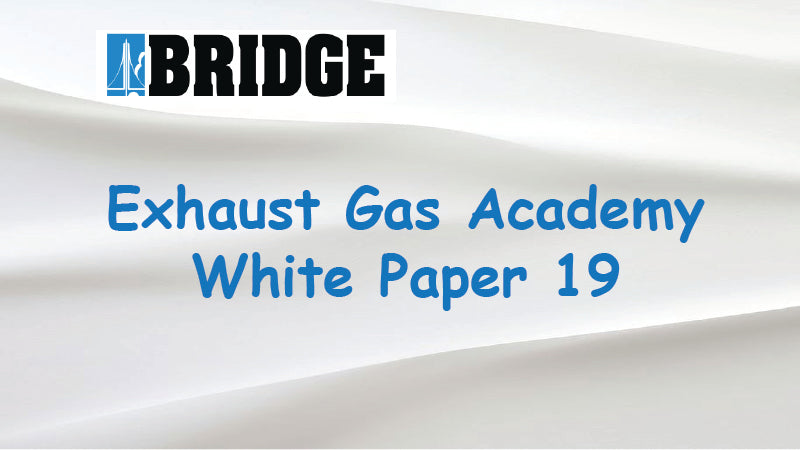Regulatory Agency Overview – the source of the 15% O2 requirement:
Stationary sources of emission gases generally are external combustion sources – where the fuel burner resides in an air stream that provides an excess air environment in which the combustion to take place. The oxidation process produces hot exhaust gases, but they reside in an air-diluted gas stream. Because the amount of excess air varies from application to application, the regulatory agency specifies its emissions regulations for a fixed value, and then requires that the actual gas measurements be corrected to yield their equivalent value with the fixed dilution standard.
One of the more common standards is ‘15% Oxygen’. This means that the regulatory agency has promulgated regulations for specific gas concentrations in the exhaust gas stream as if they were diluted by enough air so that the O2 level in the gas stream is 15%. Since dry air has 20.9% O2 in it, this amount of air dilution is 15.0/20.9 = 74%. This means the regulatory agency wants the pure gas readings taken, to be corrected to the values they would be if they were diluted by 74% excess air.
The Bridge gas analyzers measure the gases in uncorrected state, as this is the most accurate method – so the real air dilution in the application is indicated by the O2 reading on the gas analyzer. Using this O2 reading, the gas readings may be relatively corrected to the standard air dilution relatively easily:
1. Record all the gas readings, including O2.
2. Using the O2 gas reading on the analyzer, calculate the 15% O2 Equivalent Correction Factor as follows:
15%O2CF = (20.9-15.0)/(20.9-O2reading) = 5.9/(20.9-O2reading)
Note: For 15% O2 air dilution, the numerator will always be 5.9, so the equation may be reduced to:
15%O2 CF = 5.9/(20.9-O2reading)
For example, if the O2 reading on the analyzer is 1.2%, the correction factor will be
(20.9-15.0)/(20.9-1.2) = 5.9/(20.9-1.2) = 5.9/19.7 = 0.2995.
3. Multiply the other gas readings by this factor to yield the ‘equivalent to air dilution yielding 15% O2’ value for the gases. In the case above, multiply the other (non-O2) gas readings by 0.2995 to yield the corrected gas values.
In this example, the corrected non-O2 gas values will be less than 1/3 of the ‘raw’ readings as given by the gas analyzer. This is due to the requirement to calculate them as if they were diluted by 74% air, when in fact they were diluted by less than 6% air (1.2% / 20.9%).
This procedure can and should be applied no matter what the O2 reading is – as you may indeed confront air dilution in the real world, such as applications where air is injected into the gas stream after combustion even with internal combustion engines. – or even before combustion for diesel engines, etc. The above procedure will correct for any amount and source of air dilution – and make equivalent gas values conform to the ‘equivalent to 15% O2’ standard.

